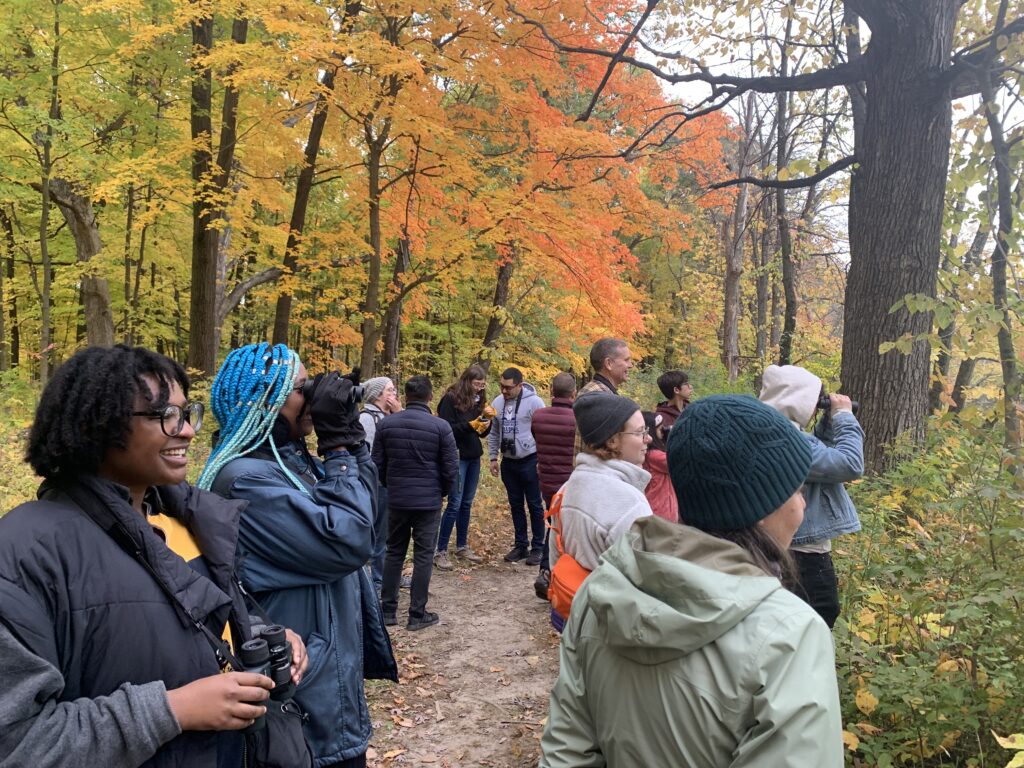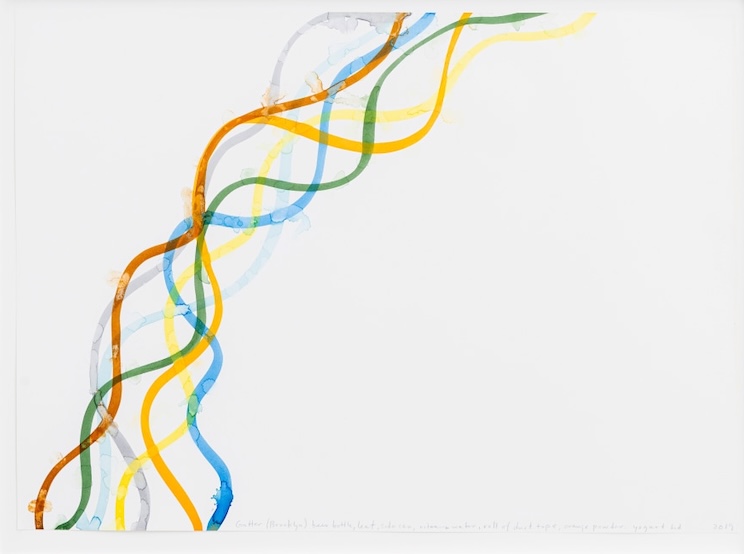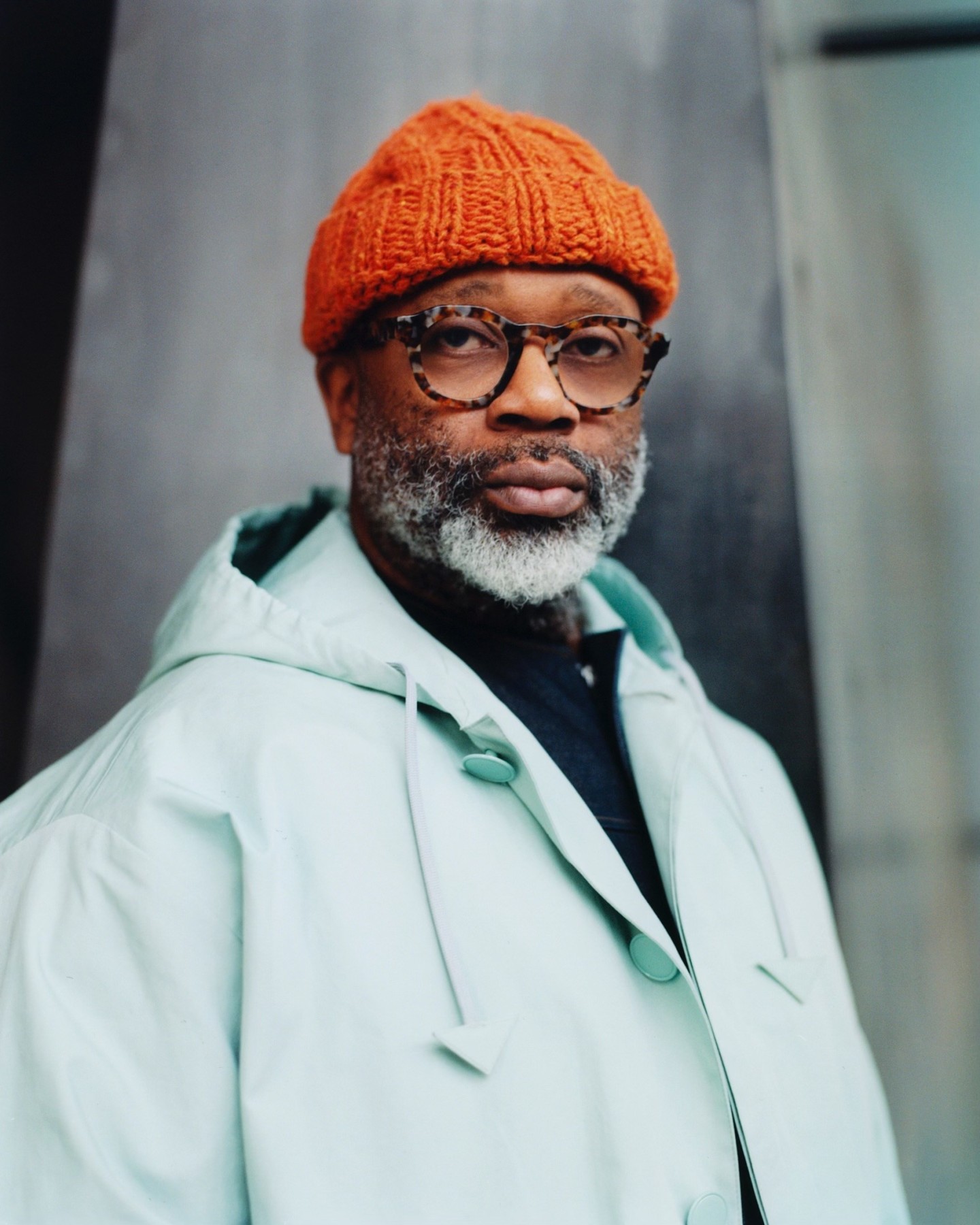MCA Chicago will be exclusive US venue for Yoko Ono: Music of the Mind


Yoko Ono, Helmets (Pieces of Sky), 2021. Installation view, Yoko Ono: Between the Sky and My Head,
Baltic Centre for Contemporary Art, Gateshead, UK, 2008. Photo © Baltic Centre for Contemporary Art.
Via PR
CHICAGO—The Museum of Contemporary Art (MCA) Chicago is thrilled to announce Yoko Ono: Music of the Mind, opening October 2025. The MCA is the exclusive US venue for this comprehensive solo exhibition dedicated to artist, musician, and activist Yoko Ono (b. 1933, Tokyo, Japan; lives in New York, NY). Traveling from Tate Modern in London, where it enjoyed record attendance, and in close collaboration with Ono’s studio, this groundbreaking retrospective covers 70 years of Ono’s trailblazing career, with over 200 works including participatory instruction pieces and scores, installations, a curated music room, films, music and photography, and archival materials. The exhibition reveals Ono’s innovative approach to language, art and participation that continues to speak to the present moment.
Participation is an important feature of Yoko Ono’s vision as an artist, which is why visitors will be able to partake in several interactive, instruction-based artworks throughout Music of the Mind. This exhibition underscores Ono’s legacy of radical performance and her significant and influential contributions to visual art, including Fluxus and Conceptualism; music; film, and activism. The MCA is proud to welcome this timely exhibition, spotlighting Ono’s revelatory art from the last seven decades.
“We are thrilled to present Yoko Ono: Music of the Mind here at the Museum of Contemporary Art Chicago—a celebration of Ono’s expansive practice which continues to challenge the boundaries of artist and audience,” Pritzker Director Madeleine Grynsztejn said. “This exhibition underscores the avant-garde and interdisciplinary roots that made the MCA what it is today—our first performance in 1967 featured Fluxus artists. We’re overjoyed to bring Ono’s work to the MCA, a museum that so truly aligns with her practice and overlaps with her history.”
Yoko Ono: Music of the Mind documents the artist’s career starting with the mid-1950s, exploring her pivotal role in avant-garde circles in New York, Tokyo, and London, including the development of her ‘instruction pieces’, and the active role she played in the formation of Fluxus, the loose art collective and movement founded in New York in the early 1960s. The exhibition highlights key works from across her decades-long career, including her performance Cut Piece (1964), considered a landmark in performance and feminist art; her collaborations with notable musicians such as John Cage, Ornette Coleman, and her late husband, John Lennon; selected activations of instruction-based art from her influential book Grapefruit (1964); her innovative films of the 1960s and 70s including FLY (1970–71) and her banned Film No.4 (Bottoms) (1966–67) which she created as a ‘petition for peace’; recent works such as her ongoing Wish Tree installation, (1996-present); and public artworks that are emblematic of Ono’s commitment to peace activism.

Yoko Ono, Add Colour (Refugee Boat), 2016. Installation view, MAXXI Foundation, Rome, IT, 2016. Photo © Musacchio, Ianniello & Pasqualini.
The exhibition features several participatory artworks, such as Painting to Hammer a Nail (1961/1966), Bag Piece (1964), and White Chess Set (1966), among others. Later works like Add Color (Refugee Boat) (1960/2016) encourage guests to write their hopes and beliefs on a white boat and its surroundings, while the installation My Mommy Is Beautiful (2004) gives the public an opportunity to share thoughts about their relationship to their mothers and motherhood and attach photographs of their mother. Additionally, there will be public activations of Ono’s peace-driven artworks on billboards throughout the city of Chicago and on the MCA’s premises.
“Yoko Ono is a wildly influential and significant figure in performance, conceptualism, music, and activism. She has inspired generations of audiences to think differently about the everyday and seeing art,” said Manilow Senior Curator Jamillah James. “It is an honor to host this wide-ranging exhibition, which is a critical opportunity that invites the public to deeply engage with Ono’s many important contributions to visual art in new and exciting ways."
Yoko Ono: Music of the Mind is organized by Tate Modern, London in collaboration with Kunstsammlung Nordrhein-Westfalen, Düsseldorf and Gropius Bau, Berlin and curated by Juliet Bingham, Curator, International Art, Tate Modern with Andrew de Brún, Assistant Curator, International Art, Tate Modern. The MCA presentation is organized (curated) by Jamillah James, Manilow Senior Curator with Korina Hernandez, Curatorial Assistant.

Yoko Ono, Apple, 1966. © Yoko Ono. Installation view, Yoko Ono: One Woman Show, 1960–1971, Museum of Modern Art, New York, NY,
2015. Digital Image © 2015 MoMA, N.Y. Photo: Thomas Griesel.
ABOUT THE ARTIST
Yoko Ono is an artist, musician, and activist.
Born in Tokyo, 1933, Ono grew up in Japan, with periods spent abroad in San Francisco and New York. She was the first woman admitted to the philosophy program at Gakushuin University in Tokyo, where she studied before moving to New York in 1953 to attend Sarah Lawrence College.
In 1956, she settled in Manhattan with her then husband, composer Toshi Ichiyanagi. Immersed in a community of artists and composers, Ono began to develop her own art practice, often in the form of instructions that invited the viewer’s participation. In 1960, she rented a loft on Chambers Street in Lower Manhattan and began organizing performances and events in the space with La Monte Young, becoming a vital part of the New York art and music scene.
In 1961, Ono’s first solo exhibition was held at George Maciunas’ AG Gallery in New York. Painting to Be Stepped On, a work of canvas placed on the floor with a card inviting the viewer to step on it, was one of several Instruction Paintings exhibited. Later that year, she gave a performance at Carnegie Recital Hall that included works involving movement, sound, and voice, such as, AOS – To David Tudor, and A Grapefruit in the World of Park.
In March 1962, Ono returned to Tokyo, where she debuted new performances at the Sogetsu Art Center, including The Pulse, and exhibited her Instructions for Paintings, a progression from works shown at AG Gallery. These works, comprised only of written instructions, marked a key moment in the history of conceptual art. Later that year, she performed with John Cage and David Tudor on a concert tour throughout Japan. In 1964, Ono performed Cut Piece and Bag Piece in Kyoto and Tokyo, and self-published Grapefruit, her foundational book of instructions.
In the fall of 1964, Ono returned to New York, continuing to perform and stage events, and pioneering new ways of disseminating her art through advertising and postcard events. She also began making her own films, including Film No. 4, Matchand Eyeblink.
In September 1966, Ono was invited to London to perform and lecture in the Destruction in Art Symposium. Remaining in London, she had a solo exhibition at Indica Gallery and Lisson Gallery the following year, showing new conceptual object-based works such as White Chess Set, Apple, and Half-A-Room. During this period, she continued to make films, including a new version of Film No. 4 (Bottoms), and presented a series of performances on her concert tour Music of the Mind.
At her Indica Gallery exhibition, Ono met John Lennon, beginning a personal and artistic relationship in art, music, and activism. By 1969 their conceptual events to promote peace had become world-wide news, including the WAR IS OVER! If you want it campaign, and Bed-In for Peace, held in an Amsterdam hotel room during their honeymoon in 1969 and later in Montreal.
In the late 1960s and early 1970s Ono and Lennon’s activities centered primarily on music, film, and activism. Ono released four solo albums and four collaborative albums with Lennon over just five years, while also making multiple films, including FLY, Freedom, “RAPE”, Apotheosis, and Imagine.
In 1971 Ono had her first retrospective exhibition, This Is Not Here, at the Everson Art Museum. Later that year, her unofficial conceptual exhibition, Museum of Modern [F]art at the Museum of Modern Art was advertised in the Village Voice and documented as a new film.
In 1973, Ono and Lennon announced the birth of a new conceptual country, Nutopia, with “no land, no boundaries, no passports, only people.” In 1975 the birth of their son, Sean Ono Lennon, influenced the couple’s decision to take a break from public life.
In August 1980, Ono and Lennon returned to the studio to record their first album together since 1972. Double Fantasy was released in November and went on to win the 1981 Grammy Award for Album of the Year. Less than a month after its release, Lennon was shot and killed by an assassin outside their home in New York.
Emerging from the tragedy of Lennon’s death, Ono immersed herself in making music, releasing several albums during the decade. “It was the music that made me survive,” Ono said. After a long absence from exhibiting her art in museums and galleries, her 1989 solo exhibition at the Whitney Museum of American Art, Yoko Ono: Objects, Film, signaled a renewed interest in her art. She continued to exhibit extensively around the world.
In 2000 Yes Yoko Ono, a retrospective exhibition originating at the Japan Society Gallery in New York toured to thirteen international venues over four years. In 2007, Ono unveiled the IMAGINE PEACE TOWER on Videy, an island off the coast of Reykjavik, Iceland, giving a permanent home to her and Lennon’s long-standing commitment to world peace. In 2009, she was awarded the Golden Lion for Lifetime Achievement at the 53rd Venice Biennale. That same year, Ono released Between My Head and the Sky, her first studio album as Plastic Ono Band since 1973. In 2018, Ono released her thirteenth solo studio album, Warzone.
Ono’s work has continued to be honored with numerous exhibitions at some of the world’s most prestigious venues, including The Museum of Modern Art in New York (2015) and Tate Modern in London (2024).
In a career spanning more than 70 years, Ono’s work as an artist and activist remains singularly relevant and continues to challenge the boundaries of artist and audience.
Details at mcachicago.org
Top image: Yoko Ono with Glass Hammer, 1967, from Half-A-Wind Show, Lisson Gallery, London, UK, 1967. Artwork © Yoko Ono. Photo © Clay Perry.
Editor's Picks
Related:






